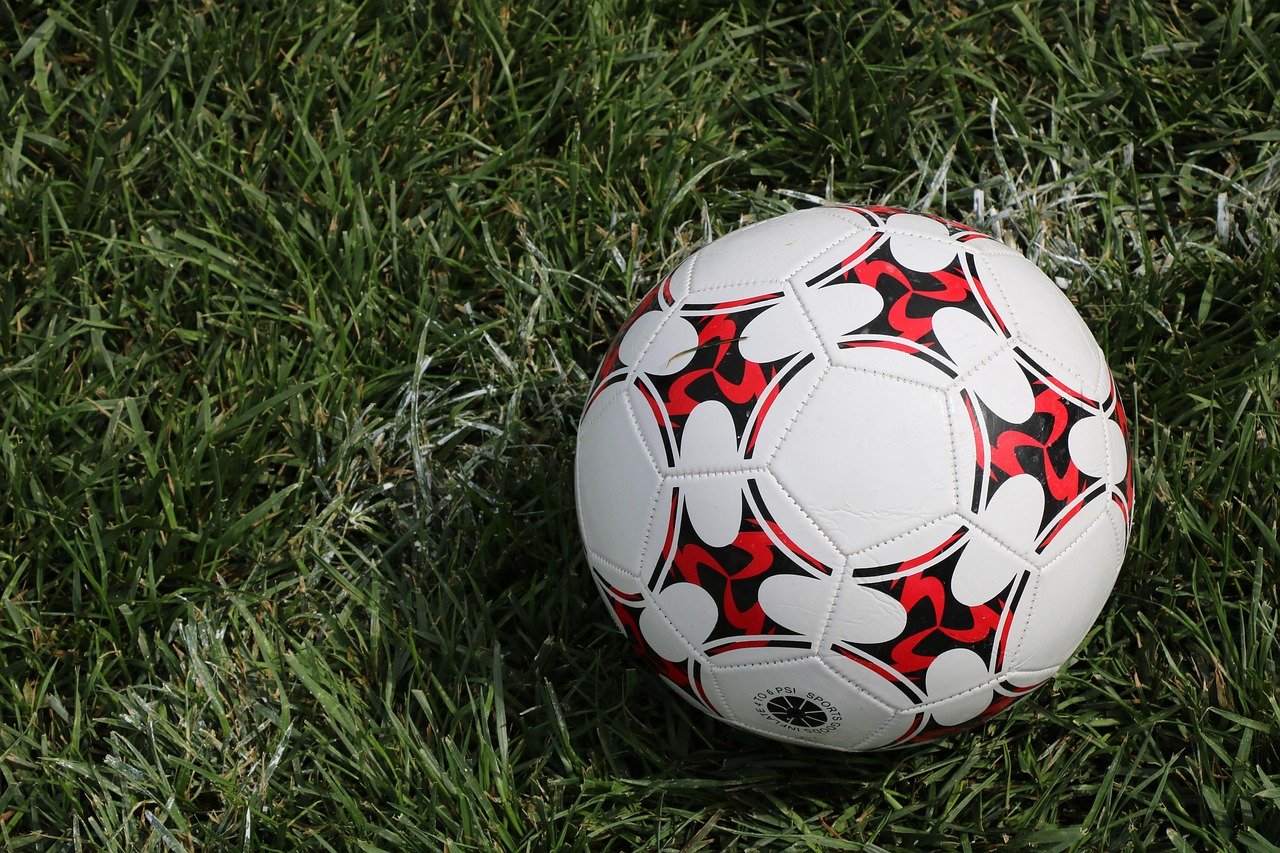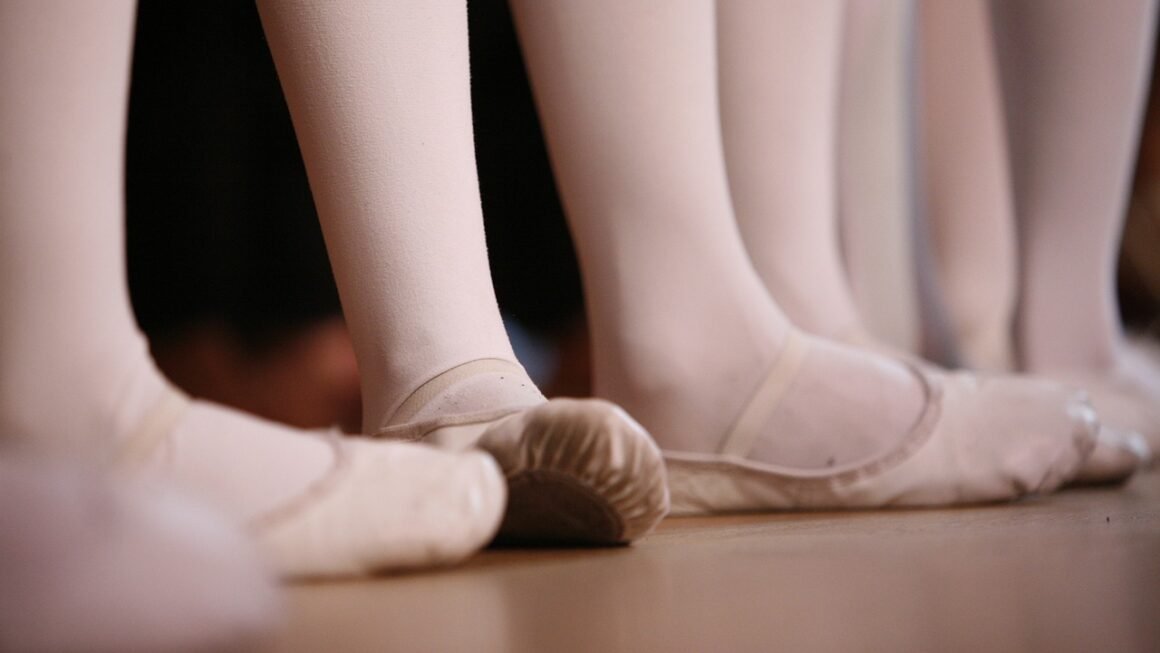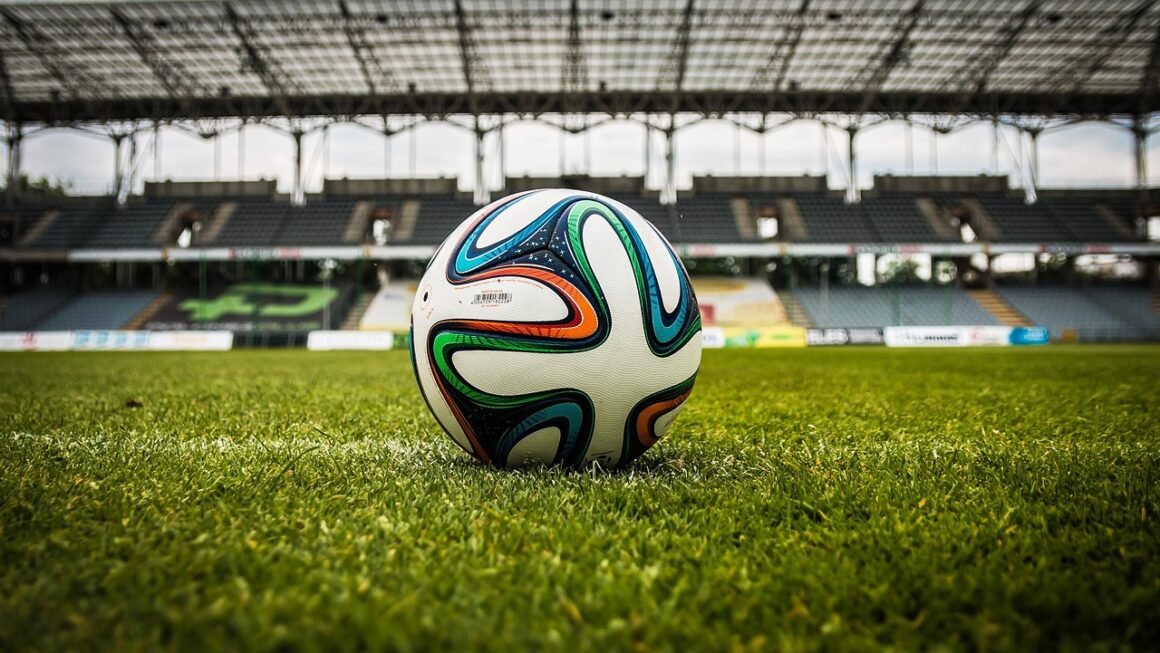The exhilarating roar of the crowd, the razor-sharp precision of a perfectly executed pass, the bone-rattling check that sends a player sprawling – this is hockey, a sport that blends finesse, power, and strategy into a captivating spectacle. From frozen ponds in small towns to the grand arenas of the NHL, hockey’s allure continues to grow, drawing in fans of all ages. This blog post delves into the heart of hockey, exploring its history, rules, skills, and the elements that make it a truly unique and captivating sport.
The History of Hockey: From Pond Hockey to the Pros
Hockey’s origins are rooted in various stick-and-ball games played in Europe for centuries. However, the modern form of hockey we know and love today truly took shape in Canada.
Early Development in Canada
- 19th Century Roots: Ice hockey’s formative years can be traced back to the 19th century in Canada, where variations of field hockey and bandy were adapted for frozen surfaces.
- First Organized Game: The first recognized organized ice hockey game took place in Montreal, Quebec, in 1875 at the Victoria Skating Rink. McGill University students played a pivotal role in formalizing the rules of the game.
- The Halifax Rules: These early rules, originating from Halifax, Nova Scotia, played a significant part in standardizing the sport during its inception.
The Rise of the NHL
- Formation: The National Hockey League (NHL) was established in 1917, initially consisting of Canadian teams. This marked a crucial transition from amateur to professional hockey.
- Expansion to the US: The NHL expanded into the United States in the 1920s, solidifying its status as the premier professional hockey league.
- Modern Era: The NHL has undergone significant transformations, including further expansion and rule changes, evolving into the global sports powerhouse it is today.
Understanding the Rules of the Game
Knowing the basic rules is key to enjoying hockey, whether you’re watching from the stands or on TV.
Basic Gameplay and Objectives
- Objective: The goal of hockey is simple: score more goals than the opposing team by shooting the puck into their net.
- Gameplay Structure: A standard hockey game consists of three 20-minute periods. If the score is tied at the end of regulation time in the regular season, a five-minute overtime period is played (with different rules depending on the league, such as 3-on-3 overtime in the NHL). In the playoffs, overtime periods continue until a goal is scored (sudden death).
- Players: Each team has six players on the ice: a goaltender, two defensemen, and three forwards (a center and two wingers).
Common Penalties and Infractions
- Minor Penalties (2 minutes): These include tripping, hooking, interference, holding, and slashing. The penalized player sits in the penalty box for two minutes, and their team plays shorthanded.
- Major Penalties (5 minutes): These are more serious infractions, such as fighting, and result in a five-minute penalty.
- Misconduct Penalties (10 minutes): This usually involves unsportsmanlike conduct, and the penalized player is removed from the game for ten minutes, but their team does not play shorthanded.
- Game Misconduct Penalties: Result in immediate ejection from the game.
- Offsides: A player cannot enter the offensive zone before the puck.
- Icing: A player cannot shoot the puck from behind their own center red line all the way down to the opposing team’s end without it being touched by another player, except when shorthanded.
Key Rule Concepts
- Power Play: When a team has a player in the penalty box, the opposing team has a power play. They have a one-player advantage and a better opportunity to score.
- Shorthanded: When a team has a player in the penalty box, they are shorthanded.
- Face-offs: Used to start play at the beginning of each period, after a goal, or after a stoppage in play.
Essential Hockey Skills and Techniques
Hockey demands a unique blend of skills. Mastering these is crucial for success at any level.
Skating Techniques
- Forward Skating: The foundation of hockey, involving efficient strides, proper posture, and balance. Players need to be able to skate forward quickly and efficiently.
- Backward Skating: Equally crucial for defensemen, requiring agility and control.
- Crossovers: Used to generate speed and change direction quickly, both forward and backward.
- Edges: Using the edges of the skates for turning, stopping, and maintaining balance is fundamental.
Puck Handling and Passing
- Stickhandling: Controlling the puck with the stick, using quick hand movements to evade opponents.
- Passing: Accurately passing the puck to teammates is essential for offensive plays. There are forehand and backhand passes.
- Shooting: Developing a variety of shots, including wrist shots, snap shots, slap shots, and backhand shots, is crucial for scoring goals.
Defensive Skills
- Checking: Separating an opponent from the puck using body contact, done legally and safely.
- Poke Checking: Using the stick to disrupt an opponent’s puck control.
- Blocking Shots: Intercepting shots to prevent them from reaching the goaltender.
- Positioning: Maintaining proper positioning in the defensive zone to prevent scoring opportunities.
Hockey Equipment: Protection and Performance
Hockey equipment is designed to protect players from injury while allowing them to perform at their best.
Protective Gear
- Helmet: Essential for head protection. Must be properly fitted.
- Shoulder Pads: Provide protection for the shoulders, chest, and upper back.
- Elbow Pads: Protect the elbows from impacts.
- Gloves: Protect the hands and wrists.
- Pants: Padded to protect the hips and thighs.
- Shin Guards: Protect the shins from pucks and impacts.
- Mouthguard: Protects the teeth and reduces the risk of concussion.
- Neck Guard: Protects the neck from skate blades.
Skates and Sticks
- Skates: Provide support and allow players to skate efficiently. Proper fit and sharpening are essential.
- Sticks: Used for handling the puck, passing, and shooting. Sticks come in various flexes, lengths, and blade patterns to suit different player styles.
Goaltender Equipment
- Goalie Mask: The most important piece of equipment for a goalie, protecting the face and head.
- Chest Protector: Heavily padded to protect the chest and abdomen.
- Blocker and Glove: Worn on the hands to block shots.
- Leg Pads: Large pads that cover the legs and feet.
- Goalie Skates: Designed for lateral movement and stability.
Hockey at Different Levels: From Youth to Professional
Hockey is played at many different levels, from youth leagues to professional organizations.
Youth Hockey
- Development Leagues: Designed to teach young players the fundamentals of hockey.
- Travel Teams: More competitive teams that travel to play games against other teams.
- Emphasis on Skill Development: Focus on improving skating, puck handling, and shooting skills.
College Hockey
- NCAA: College hockey in the United States is governed by the National Collegiate Athletic Association (NCAA).
- Major Conferences: Key conferences include Hockey East, the Big Ten, and the NCHC.
- Pathway to the Pros: A significant number of NHL players come from college hockey programs.
Professional Hockey
- NHL: The premier professional hockey league in the world.
- AHL: The American Hockey League serves as a primary developmental league for the NHL.
- European Leagues: Leagues such as the KHL (Kontinental Hockey League) in Russia and the SHL (Swedish Hockey League) are also home to talented players.
Conclusion
Hockey is more than just a game; it’s a captivating blend of skill, strategy, and sheer determination. From its humble beginnings on frozen ponds to the high-octane action of the NHL, hockey continues to captivate audiences around the world. Whether you’re a seasoned fan or just discovering the sport, understanding the history, rules, skills, and equipment will enhance your appreciation for this thrilling game. So, lace up your skates (or grab a seat in the stands) and experience the excitement of hockey!



